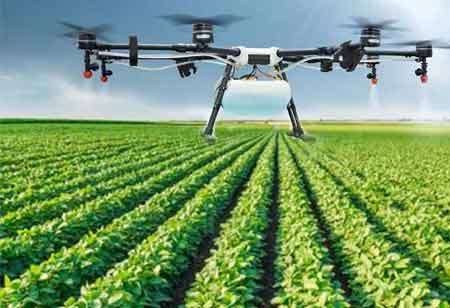Thank you for Subscribing to Agri Business Review Weekly Brief
Why Indoor Farming is The Future of Agriculture?

By
Agri Business Review | Wednesday, July 14, 2021
Stay ahead of the industry with exclusive feature stories on the top companies, expert insights and the latest news delivered straight to your inbox. Subscribe today.
World hunger and food security continue to be critical challenges in society today. With a lot of unused lands and an increasing global population, indoor agriculture has the potential to assist in addressing the issues that lie ahead.
Fremont, CA: As the world's population grows, indoor agriculture will play a crucial role in meeting the demand for more food. The technologies that these facilities adopt will open up a slew of new capabilities, jobs, and alternative investment opportunities that will reshape both urban and agricultural landscapes.
Vertical farming, aquaponics, hydroponics, and aquaculture are some of the ways through which crops are grown indoors. Every production system has its own characteristics, but they all need indoor facilities, which can help to reduce the environmental implications that typical outdoor farming might have.
Here’s why indoor farming is the future of agriculture:
Water efficiency
By recycling the same water throughout their operation, indoor facilities can eliminate water waste. Hydroponic operations, for instance, employ a closed-loop irrigation system that saves almost half of the water and fertilizer while avoiding the introduction of pollutants into groundwater and soil.
Saves energy
LED grow lighting has long been an essential component of commercial greenhouse management, helping to maintain crop quality and maximize production to meet market demands. As an example, a Swedish corporation reported its lettuce growth. The company was able to cultivate lettuce with red pigment that becomes red in only five days under LED light bars, as opposed to outdoor production during the winter months, which takes significantly longer. Lettuce production had increased, and LED lights had resulted in a 48 percent reduction in electricity consumption in the greenhouses.
Reduces risks
In the food supply chain, indoor agriculture decreases risk. The closer a consumer gets to the grocery shelf, the lower the volatility. Furthermore, eating locally is a popular cuisine trend today. If vacant warehouses in a city are converted to indoor farming, it's likely that the crops will be consumed locally. These products may never make it to a supermarket shelf and instead end up at local farmer's markets or high-end restaurants, further reducing the danger to the food supply chain.





